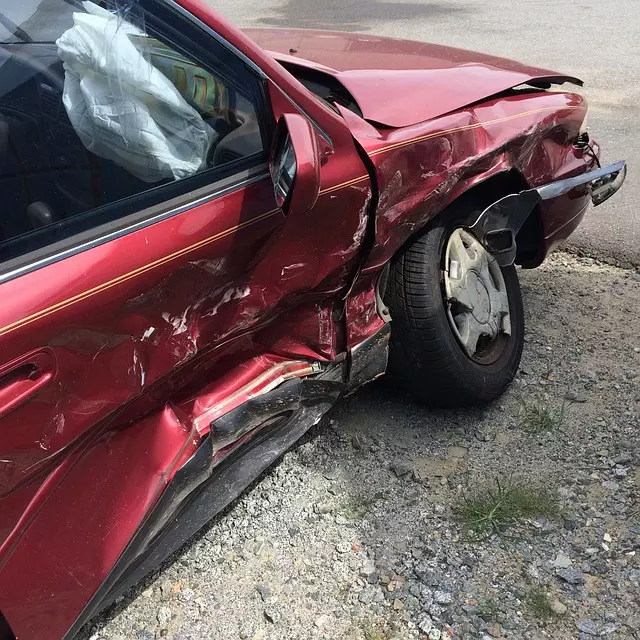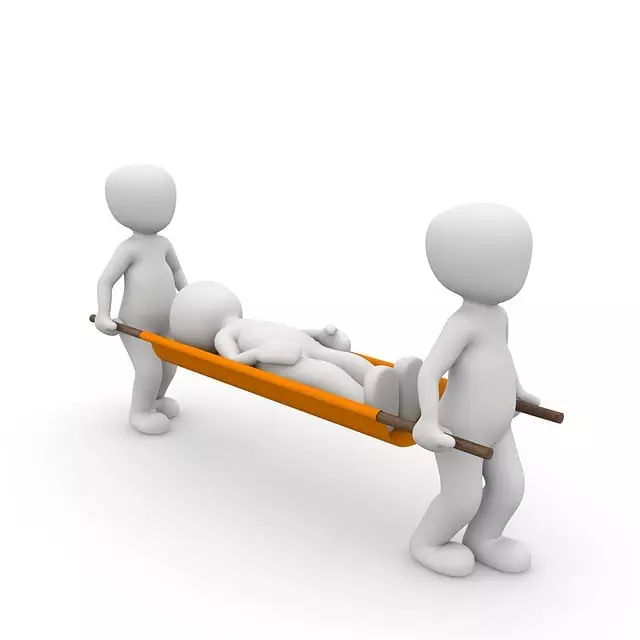In New York City, strict workplace safety regulations aim to prevent accidents and injuries by covering areas like slip and fall prevention, hazard identification, and proper training. Employers are legally obligated to maintain a safe environment while employees have rights and responsibilities under labor laws. Slip and fall attorney in NY services are crucial for victims seeking justice after work-related injuries caused by negligence, with these specialists handling complex premises liability cases and protecting clients' legal rights. Proactive measures like regular inspections and employee training are key to preventing accidents and minimizing legal costs.
“In Queens, New York, workplace safety violations can lead to serious consequences, including slip and fall accidents. This article delves into the critical aspects of understanding local regulations, identifying common causes of workplace injuries, and exploring legal rights for employees. We discuss how to recognize severe safety violations and highlight the essential role a slip and fall attorney in NY plays in holding employers accountable. Additionally, we offer best practices for employers to prevent these violations and foster a safer work environment.”
- Understanding Workplace Safety Regulations in New York
- Common Causes of Slip and Fall Accidents at Work
- The Legal Rights of Employees After a Workplace Injury
- How to Identify a Serious Safety Violation
- The Role of a Slip and Fall Attorney in NY
- Preventing Workplace Safety Violations: Best Practices for Employers
Understanding Workplace Safety Regulations in New York

In New York, workplace safety regulations are strictly enforced to protect employees from preventable accidents and injuries. The state’s labor laws and guidelines are comprehensive, covering various aspects of jobsite security, including slip and fall prevention, hazard identification, and proper training protocols. Employers are mandated to ensure a safe work environment by addressing potential risks and providing adequate resources for employee safety. Failure to comply with these regulations can result in significant legal consequences, as evidenced by the presence of numerous slip and fall attorney in NY specializing in workplace injury cases.
Understanding and adhering to these regulations is crucial for both employers and employees alike. Regular safety inspections, up-to-date hazard communication, and comprehensive worker training programs are essential elements in preventing accidents like slips and falls. By staying informed about their rights and responsibilities under New York’s labor laws, workers can actively contribute to a safer workplace culture and potentially avoid injuries that may lead them to seek compensation from a slip and fall attorney in NY.
Common Causes of Slip and Fall Accidents at Work

Slip and fall accidents are a significant concern in the workplace, often leading to severe injuries and legal repercussions. Common causes include poorly maintained floors or walkways, uneven surfaces, spills or debris left unattended, inadequate lighting, and slippery substances. Employees have the right to work in a safe environment, and employers are legally obligated to prevent such incidents.
In New York City, where bustling businesses and high-rise buildings are common, slip and fall attorneys play a crucial role in advocating for victims’ rights. If you or someone you know has experienced a workplace slip and fall accident due to the negligence of others, consulting with a qualified slip and fall attorney in NY is an essential step towards securing justice and compensation for your injuries.
The Legal Rights of Employees After a Workplace Injury

After suffering an injury at work, employees in Queens, New York, have specific legal rights and protections. The first step is to report the incident to their supervisor or employer immediately. This triggers a series of responsibilities for both parties. The employer must ensure a safe workspace and provide adequate training to prevent similar accidents; they are also obligated to offer medical assistance and accommodations while you recover.
If an employee experiences a slip and fall or any other workplace injury, they may have grounds to file a claim against the employer if negligence is involved. A slip and fall attorney in NY can guide injured workers through this process, helping them understand their rights and options for compensation. This may include medical expenses, lost wages, and pain and suffering damages.
How to Identify a Serious Safety Violation

Identifying a serious safety violation is crucial for ensuring a secure work environment. While minor infractions may seem insignificant, they can escalate into significant issues, leading to accidents and even lawsuits. A slip and fall attorney in NY often highlights that these violations can include neglecting to provide proper training or equipment for employees, ignoring unsafe working conditions like poor lighting or hazardous materials without safety protocols, or failing to maintain a clean and well-organized workspace, which increases the risk of slips and falls.
Employers must stay vigilant and promptly address any red flags. Regular inspections, employee feedback, and incident reporting systems are effective tools for recognition. For instance, frequent slip and fall incidents might indicate an obvious safety hazard that requires immediate action. Staying proactive not only prevents injuries but also saves on legal costs, as a slip and fall attorney in NY would emphasize, by ensuring compliance with labor laws and regulations.
The Role of a Slip and Fall Attorney in NY

In New York, a slip and fall attorney plays a crucial role in advocating for victims who have suffered injuries due to hazardous conditions at their workplace. These attorneys specialize in navigating complex legal issues surrounding premises liability and ensuring that individuals receive fair compensation for their pain, suffering, and medical expenses. When a client experiences a slip and fall incident in Queens or any other part of New York City, the attorney’s expertise is invaluable. They thoroughly investigate the incident, gathering evidence such as security footage, witness statements, and expert opinions to strengthen the case.
A slip and fall lawyer in NY will also help their clients understand their rights and obligations under the law. They can explain the statutes of limitations for filing a claim, negotiate with insurance companies, and represent their clients in court if necessary. Their goal is to protect the rights of injured parties and hold property owners or managers accountable for maintaining safe premises.
Preventing Workplace Safety Violations: Best Practices for Employers

Preventing workplace safety violations is paramount for any employer in New York, where slip and fall accidents can lead to serious injuries and legal repercussions. The best practices involve a multifaceted approach. First, employers must conduct thorough risk assessments to identify potential hazards and implement proactive measures. This includes regular inspections, training employees on safety protocols, and providing appropriate personal protective equipment (PPE).
Encouraging open communication is another key strategy. Employees should feel comfortable reporting unsafe conditions or practices without fear of retaliation. Additionally, staying up-to-date with industry regulations and safety standards, as well as utilizing specialized services like slip and fall attorneys in NY for guidance, can significantly reduce the risk of violations. Regular safety meetings and refresher courses can also help keep everyone aware and engaged.
In light of the above discussions, it’s clear that workplace safety violations, particularly slip and fall accidents, can have severe consequences. Understanding New York’s safety regulations, identifying common causes, knowing employee rights, and recognizing serious violations are crucial steps toward preventing such incidents. For those who’ve suffered injuries, consulting a qualified slip and fall attorney in NY can provide the guidance needed to navigate legal options. Employers should embrace best practices for safety, fostering a culture of prevention to safeguard employees and avoid costly violations.
